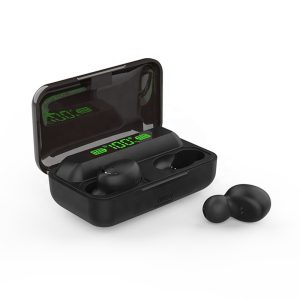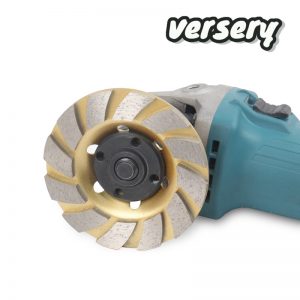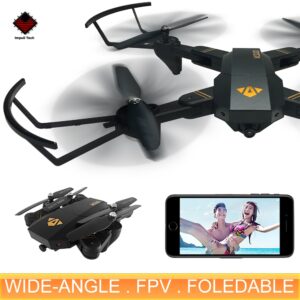Table of Contents
ToggleThe Benefits of Drone Helicopters
Drone helicopters, also known as quadcopters or multirotor drones, have become increasingly popular in recent years for their ability to capture stunning aerial footage and perform a wide range of tasks, including surveillance, search and rescue operations, and aerial inspections. These unmanned aerial vehicles (UAVs) are equipped with advanced sensors and high-resolution cameras that allow them to fly autonomously and capture detailed images and videos from above.
With their versatility and advanced capabilities, drone helicopters have revolutionized a wide range of industries, from film and television production to agriculture, construction, and surveying. They can be programmed to fly specific routes and perform complex tasks, making them an invaluable tool for businesses and organizations that require detailed aerial data and real-time monitoring.
Exploring the World of Drone Helicopters
If you’re looking to explore the world of drone helicopters, there are many options available on the market today, from entry-level models designed for beginners to advanced UAVs that can withstand harsh weather conditions and capture high-quality footage in even the most challenging environments.
Overall, drone helicopters offer a unique and exciting way to capture stunning aerial footage and perform a wide range of tasks with unparalleled precision and efficiency. With the right equipment and training, anyone can become a skilled drone pilot and unlock the full potential of this amazing technology.
The remote control of hellicopter
The remote control of a drone, also known as a transmitter or controller, works by sending radio signals to the drone to control its movements and functions.
The controller is equipped with a series of joysticks, buttons, and switches that allow the pilot to adjust the drone’s throttle, altitude, speed, and direction. The transmitter uses a wireless connection to communicate with the drone, typically using a frequency in the 2.4GHz or 5.8GHz range.
When the pilot moves the joysticks on the transmitter, it sends a series of signals to the drone, telling it to adjust its motors and change its speed and direction. The drone’s flight control system then interprets these signals and makes the necessary adjustments to the drone’s flight path.
In addition to controlling the drone’s movements, the remote control may also have additional features, such as the ability to adjust the camera angle, switch between flight modes, and activate automated flight functions like return-to-home or follow-me.
Overall, the remote control is a crucial component of operating a drone, allowing pilots to control their drone with precision and navigate it through the air with ease.










